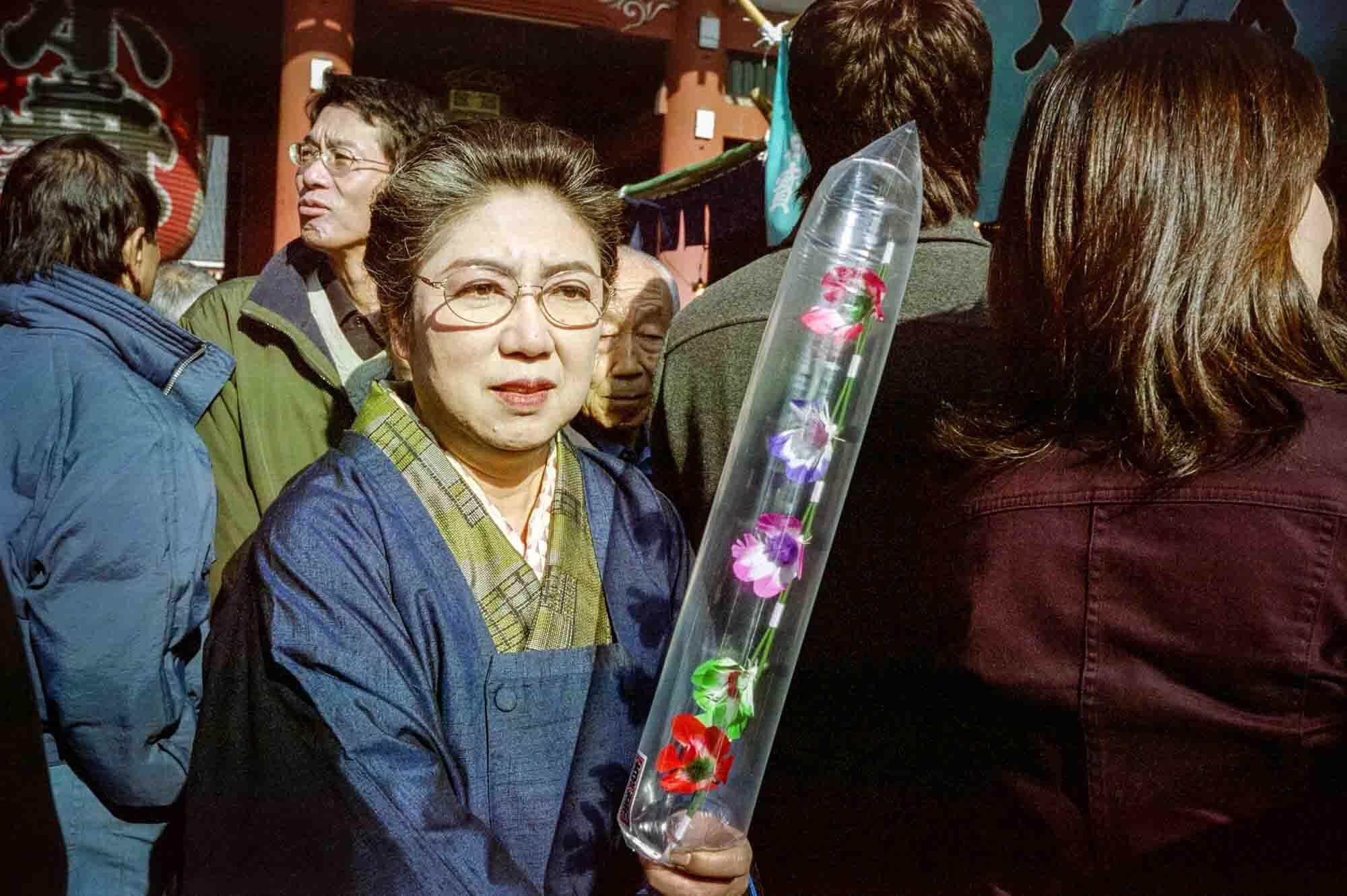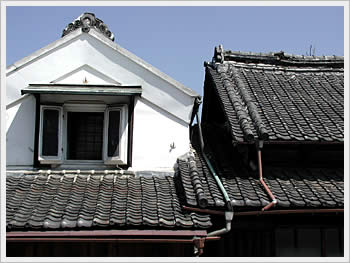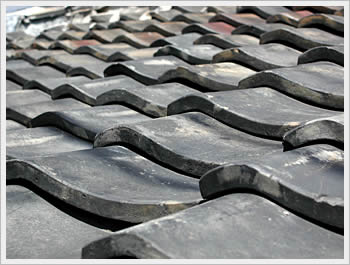
Tokyo is often touted as the most expensive city in the world. A survey released a few months ago confirmed this, though what got lost in the headlines was that this particular survey was based on the cost of living of “a business executive and family sent overseas”. Hmmn, can we say “expense account”?
At any rate, whether for business executives or just your average joe, no doubt Tokyo (and Japan as a whole) is expensive to live in. But I’m here to tell you that it is far from prohibitively expensive, and indeed, for many things, my previous home of San Francisco has Tokyo beat hands down in this respect.
To wit, today I bought two “winter” suits, to replace the thin and practically see-through summer suit I’ve been wearing. So for a pair of pants together with a suit jacket, how much did we spend? 9,000-yen each, which at today’s exchange rate comes to $74 USD per suit. Mind you, we’re not talking Armani here, but we are talking about two perfectly suitable wool suits in my size (this last point should not go underestimated!). To top it off, I bought three long-sleeve dress shirts, at the extremely reasonable price of 880-yen each ($7.21 USD per shirt).
This is one example upon many I could give you that living in Tokyo doesn’t have to break the bank, provided you are a smart and disciplined shopper, willing to wait for the item to go on sale or to check if another store has it cheaper, sign up for any and every “point card” thrust your way, and aware of Japan’s gift to yen-pinching folk like us, the 100-yen store and one’s local “recycle” (read: Goodwill) shop.
Now, I have to give credit where credit is due, and thank Naoko for a) spotting the suit sale from among the newspaper inserts that she scans daily, and b) pushing and prodding me to make the dreaded trip over to the department store to actually try on the suits. This is why I’m not ashamed to admit that we are a very traditional Japanese couple in this respect: I earn most of the money, but she controls all of it! She’s extremely good at yen-pinching, and very disciplined about it. Me, I’m too lazy, and not nearly disciplined enough.
Sometimes her spendthrift ways go over the top and I get irked, like when she makes a 20-yen cellphone call from the store to her mother to check if the price of a jar of honey is cheaper there than at another store. (Says I: “Well, now that you’ve just spent 20-yen on the phone call, it ain’t cheaper anymore!”) But most of the time I just marvel at her penchant for finding great deals and saving us in the long run a boat load of money. Now that we’re really shopping and saving for three of us, I appreciate her efforts even more.
Admittedly, there are plenty of areas in which Tokyo is ridiculously expensive, especially with respect to entertainment, eg. books, cd’s and dvd’s, a night out on the town, or a rock concert. A case in point: tonight I went to see the British band Oasis in concert. For roughly $61 USD, I had the privilege of sitting at the top of the near 15,000-seat capacity Yoyogi National Stadium (and this after buying the more expensive ticket; one wonders where the cheaper seats were) with horrendous acoustics for an hour-and-half show (no opening act either). I won’t be doing that again anytime soon, I can assure you.


